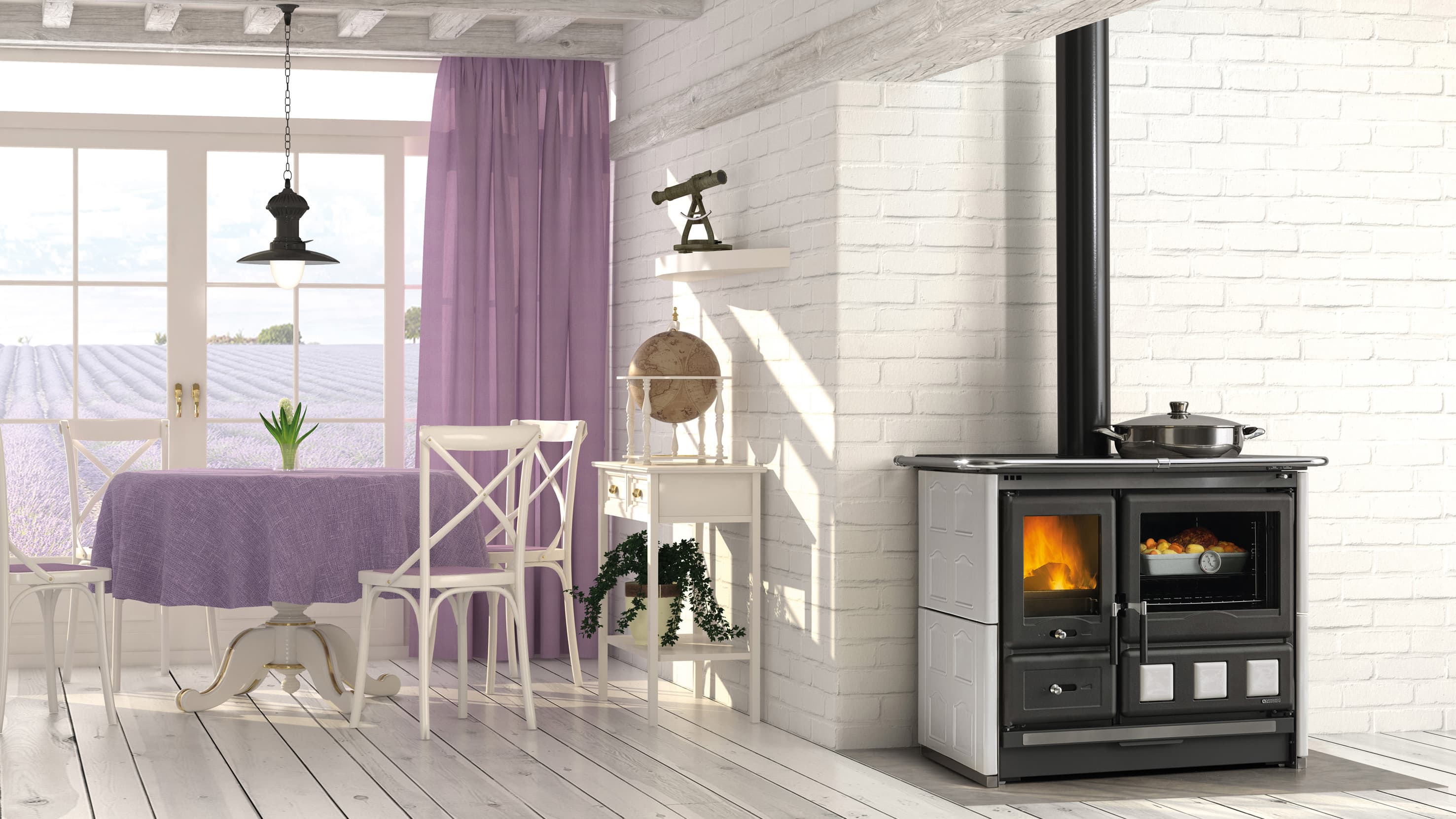Consider your fireplace wall.
So often we hear from professional house stylists that, in a fit of ‘fixing up,’ a homeowner paints that fireplace wall on something of a whim. Don’t be that homeowner. Instead, before you go to the time and expense of erasing masonry work that could very well be the focal point around which your room should revolve, discuss the project with your home stager and your selling agent.
Painting over masonry, like painting over beautiful wood built-ins or trim work, can seem like a no-brainer to those who have lived with the feature for a long time. Those homeowners no longer see the beauty of it. They may be ready for a change of scenery. If they are selling their home, however, it’s advisable to save the scenery for their new place.
Don’t get us wrong. There really are ugly bricks. There are bricks that want painting over. We only advise caution here since it can mean money gained or lost in the sale. Once the decision to do so is made, there are steps to be taken that will ensure that the paint will be beautiful and the end result will be in the plus column of the transaction.
Painting over brick requires some prep work. For one thing, the masonry will need a thorough cleaning. Just vacuuming won’t do the trick. Bricks act like magnets for every bit of airborne grease and grime that has ever been introduced to your home’s interior air. The nastiness clings to the rough surface, and remains there until it is dislodged by a stiff bristled brush and a powerful cleaning solution. (Tri Sodium Phosphate or TSP gets our vote as the cleaning solution of choice.)
After a thorough scrubbing, your brickwork will require a considerable drying time – at least 24 hours – to be sure that moisture has been eliminated. At this point, take a long look at the surface of your bricks. Do you see white powdery stuff developing on the surface? This is called efflorescence and is essentially salts that live in the brick. If the efflorescence comes back after cleaning, it means that there is moisture deep inside the brick. Painting over the brick will trap this moisture and could lead to problems later.
Bricks also need to be able to breathe, so painting them with the sort of paint you are using for the walls of your house or apartment is a very bad idea. Painting over masonry requires a paint that is specially formulated to allow your bricks access to oxygen. Most major paint manufacturers make masonry paint that can be tinted to match whatever colours you’ve chosen.
Once the decision to paint over your bricks has been made and the cleaning is complete, you’ll need to think about what you want to accomplish with the painting. Do you want the fireplace to stand out or recede? The colours you choose in your room can be used to either command attention to the fireplace, or to make it blend in with the rest of the room and disappear. This is another of those strategic decisions you should go over with your house stylists.
Don’t imagine that painting a brick fireplace and or the wall around it is an easy task. You’ll need to use thick-napped rollers and a variety of paint brushes to work the paint into the nooks and crannies that make the masonry texture so appealing. Additionally, there will be multiple coats of paint after the primer coat, which is also a necessity. The project can be time-consuming to thoroughly cover the brick but in the end it creates an amazing new dimension to the room.
When well done, a beautifully transformed brick wall and/or fireplace can become a marvellous focal point for the room in which it lives. Such a transformation can add many thousands of dollars to your home, so it is absolutely worth the time and effort to complete the project. With the addition of warm and welcoming colours and a very good paint job, the gorgeous texture can enhance the room and the value of the house in a very big way.




